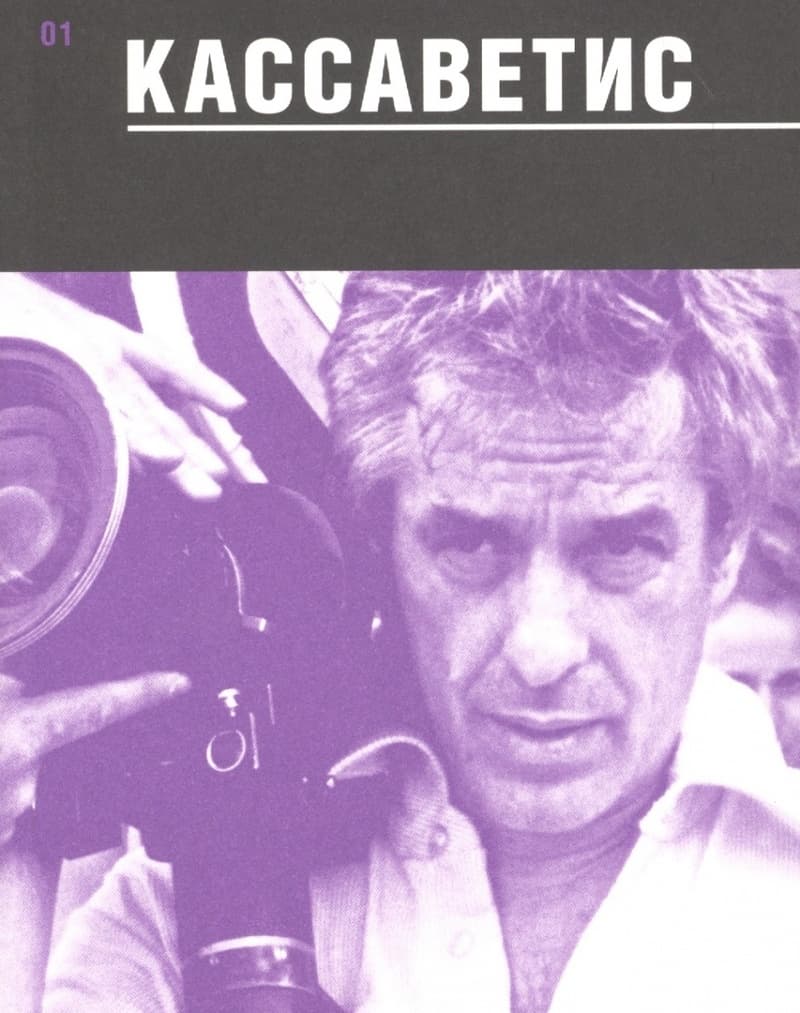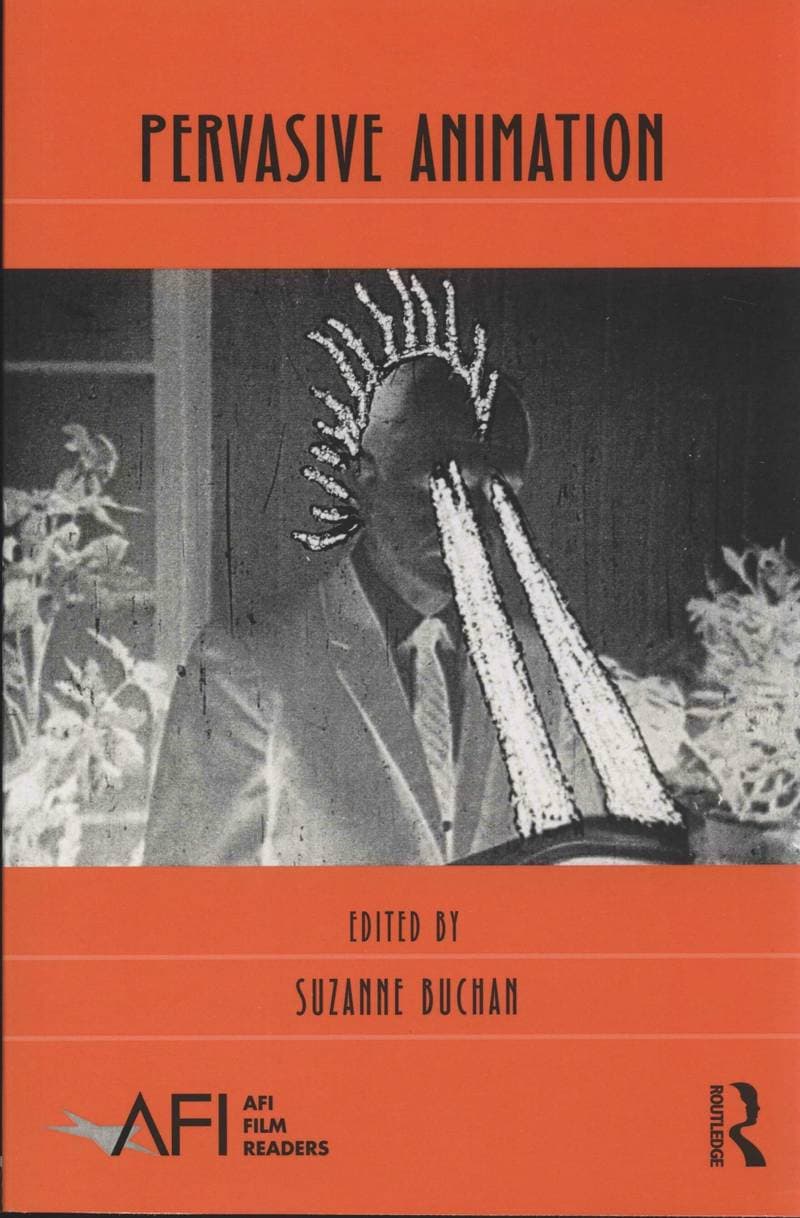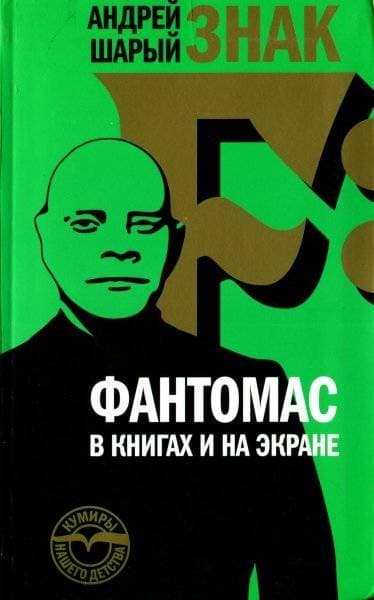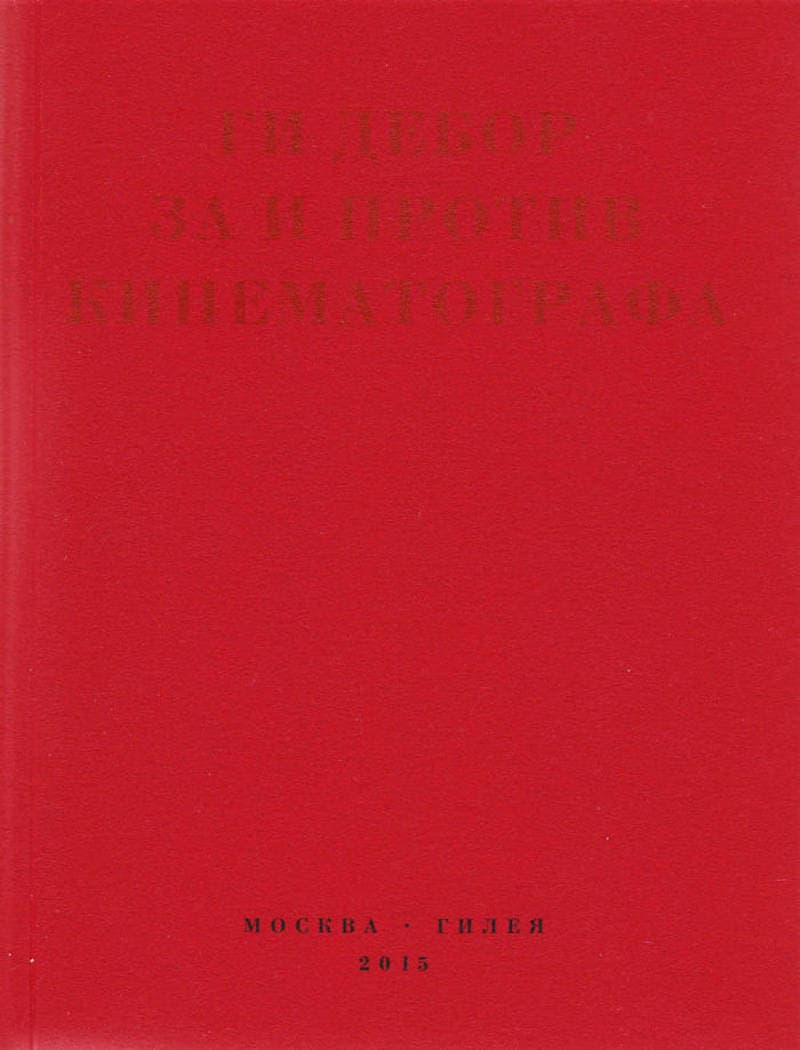Kurosawa: Rashomon Effects
Akira Kurosawa is arguably known as the director who opened up Japanese film to Western audiences and following his death in 1998, a process of reflection has begun about his life's work as whole and its legacy to the cinema and its global audiences. Rashomon has arguably become the best known Japanese film, ever. After this, his twelfth film, Kurosawa's reputation was firmly established in international cinema, and Rashomon continues to be discussed and imitated more than sixty years after its first screening. This volume addresses issues beyond the realm of Rashomon within film studies, and to do with the Rashomon effect which itself has become a widely recognized English term referring to significantly different perspectives and interpretations of different eyewitnesses to the same dramatic event. The dual figures of ripples and circles comprise the organizing image and principle of this book as each chapter addresses either the movement of ripples, representing the continuing and vibrant influence of Rashomon effects into the twenty-first century, or of circles, representing specific events, such as the publication of a new script, a particular production, or a remake. This book will be invaluable to students and scholars of film studies, film history, Japanese cinema and communication studies. It will also resonate more broadly with those interested in Japanese culture and society, anthropology and philosophy.
Данные книги
Ричи Дональд (Автор статьи), Matsumura Janice (Автор статьи), Burnham Jef (Автор статьи), Horvat Andrew (Автор статьи), Anderson Robert (Автор статьи), Davis Blair (Автор статьи), Nogami Teruyo (Автор статьи), Prince Stephen (Автор статьи), Walls Jan (Автор статьи)
Абингдон
2016
178 страниц
9781138827097
Доступ по запросу
Да
Да
791 Dav
1
- Marilyn: Her Life & Legend1990
- Woman's Film of the 1940s: Gender, Narrative, and History2014
- Труппа Её Величества2015
- Роман Поланский2021
- Киногид извращенца. Кино, философия, идеология2017
- Кассаветис2017
- Pervasive Animation2013
- Emotions, Genre, Justice in Film and Television: Detecting Feeling2011
- Знак F: Фантомас в книгах и на экране2007
- The James Bond Archives2015
- За и против кинематографа. Теория, критика, сценарии2015
- Star Wars Art: Concepts2013












